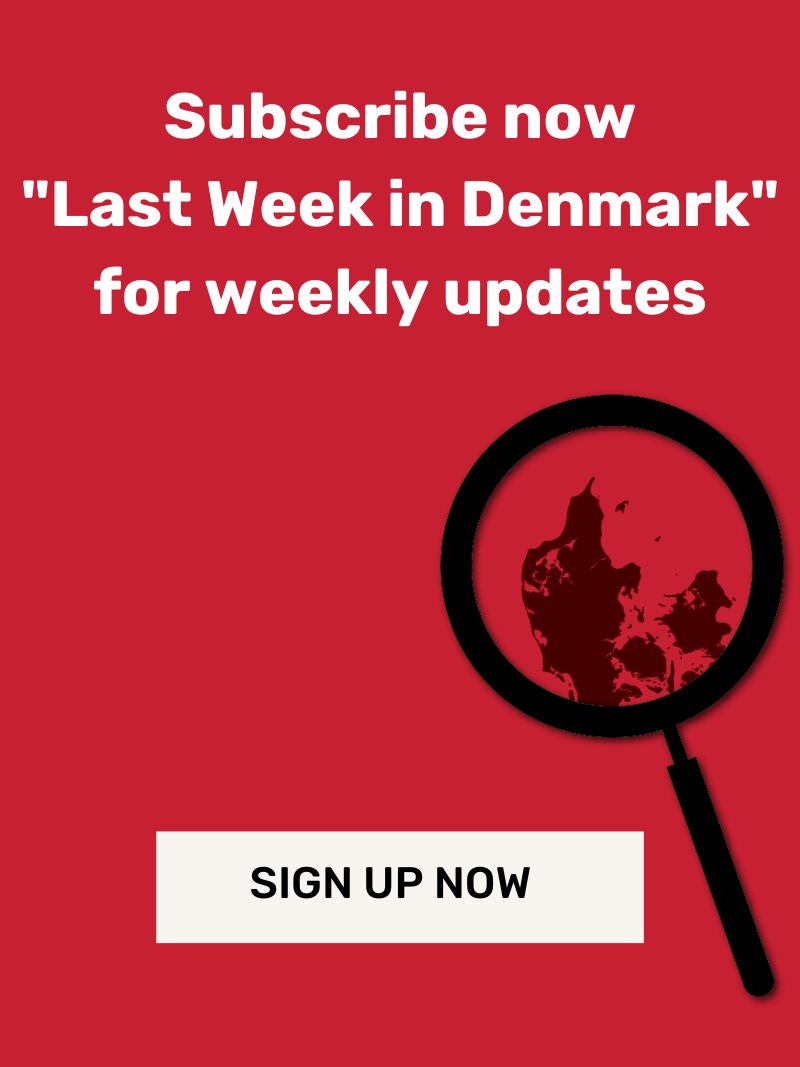Stepping into a leadership role in a multicultural team is like walking into a bustling market square. Imagine the blend of aromas from a dozen different food stalls, each representing a different culture and tradition. The colors are vibrant, the sounds diverse—a cacophony of voices in a dozen languages. Leading in this space is exciting, but also overwhelming. You want to savor the richness, but you need a plan to navigate the complexity.
That’s what leadership feels like in Denmark’s multicultural environment. There’s so much opportunity for growth, innovation, and creativity, but also the challenge of managing differing expectations, communication styles, and values. It can feel like walking a tightrope.
Let me share a story that brings this to life.
The New Team
I was coaching an expat leader, let’s call him Jacob, who had recently taken over a team in Copenhagen. His background was in tech, and he had led teams across Asia and the U.S. before coming to Denmark. Jacob was confident in his skills, but the dynamic of his new team was different. Very different.
His team was a mix of Danish professionals and expats from India, Poland, and Spain. On his first day, Jacob did what had always worked for him in the past—he laid out a clear plan, set high expectations, and assumed that as long as the team delivered results, things would run smoothly. He thought he had everything under control.
But after a few weeks, things started to unravel.
The Danish team members were quiet in meetings, only contributing when asked directly. His Spanish team member, Maria, was enthusiastic but often took the conversation off track, while the team members from India preferred waiting for specific instructions before taking action. Misunderstandings piled up, and soon Jacob was spending more time firefighting than leading.
That’s when Jacob reached out to me.
Adapting Leadership Styles for Cultural Sensitivity
As we sat down, Jacob admitted his frustration. He had led international teams before, but Denmark felt different. The hierarchy was flatter. The expectations less defined.
“Why won’t they speak up more? And Maria—she’s so full of ideas, but we never seem to get anything done!” Jacob told me, the exasperation evident in his voice.
What Jacob didn’t realize was that each team member had different expectations of leadership based on their cultural backgrounds. In Denmark, people often expect leaders to take on more of a facilitator role—someone who listens, builds consensus, and then guides the team forward. It’s a sharp contrast to the more directive, results-oriented approach Jacob was used to.
I encouraged Jacob to adopt a leadership style that blended these cultural expectations. Danish employees appreciate autonomy and equality in the workplace. They value transparency and being part of the decision-making process. But it’s also important to be mindful of other team members who might expect more guidance and structure.
To start, we focused on adjusting his meeting style. Instead of leading with instructions, Jacob learned to ask open-ended questions and invite input from everyone. He began listening more, stepping back, and trusting his team to find their own solutions. He also learned the art of balancing Maria’s enthusiasm with the quieter voices on the team.
Building Trust in a Culturally Diverse Team
Trust is the foundation of any team, and in multicultural environments, trust can look very different depending on where your team members come from. In Denmark, trust is built through openness and equality. Employees expect leaders to be approachable, transparent, and authentic.
But trust is not just about being open—it’s about understanding and respecting the different cultural backgrounds of your team.
I encouraged Jacob to hold one-on-one meetings with each team member, to listen and learn about their unique perspectives, work styles, and what they needed from him as a leader. These conversations were revealing. He discovered that his Danish team members valued directness but didn’t feel comfortable speaking up in large meetings unless they were asked directly. Maria, on the other hand, needed room to brainstorm but also craved more structure.
By taking the time to build trust individually, Jacob began to create an environment where everyone felt heard and valued. He realized that building a successful multicultural team wasn’t about treating everyone the same—it was about treating them equitably, understanding their needs, and adapting his leadership accordingly.
The Expat Leadership Challenge
As an expat leader, navigating Denmark’s workplace culture adds an extra layer of complexity. Danish workplaces are known for their flat hierarchies and emphasis on work-life balance. These are wonderful qualities, but they can be unfamiliar to leaders coming from more hierarchical environments.
Jacob’s initial challenge was learning how to navigate this cultural shift. He was used to being the one who made decisions, drove performance, and ensured results. But in Denmark, leadership isn’t about standing at the front of the room, dictating the course. It’s about walking alongside your team, guiding them while letting them take ownership.
For Jacob, the biggest breakthrough came when he embraced this idea. He shifted from being the “director” to being a coach. He empowered his team to lead initiatives, trusted them to manage their own time, and focused on fostering collaboration. His team responded with greater engagement and ownership.
Conclusion: The Journey of Leadership
Leading a multicultural team in Denmark, or anywhere, is a journey. It requires adapting, listening, and building trust, but the rewards are immense. You get to harness the strengths of different perspectives and experiences. Your team becomes more innovative, resilient, and engaged.
Like Jacob, you don’t have to have all the answers. The key is to stay curious, keep learning, and be willing to adapt. As you navigate the complexities of multicultural leadership, remember that the richness of your team’s diversity is your greatest asset.
If you’re ready to explore more about leadership strategies or discuss challenges you’re facing with your team, I invite you to connect with me. Let’s continue the conversation and help you thrive in Denmark’s unique business environment.






